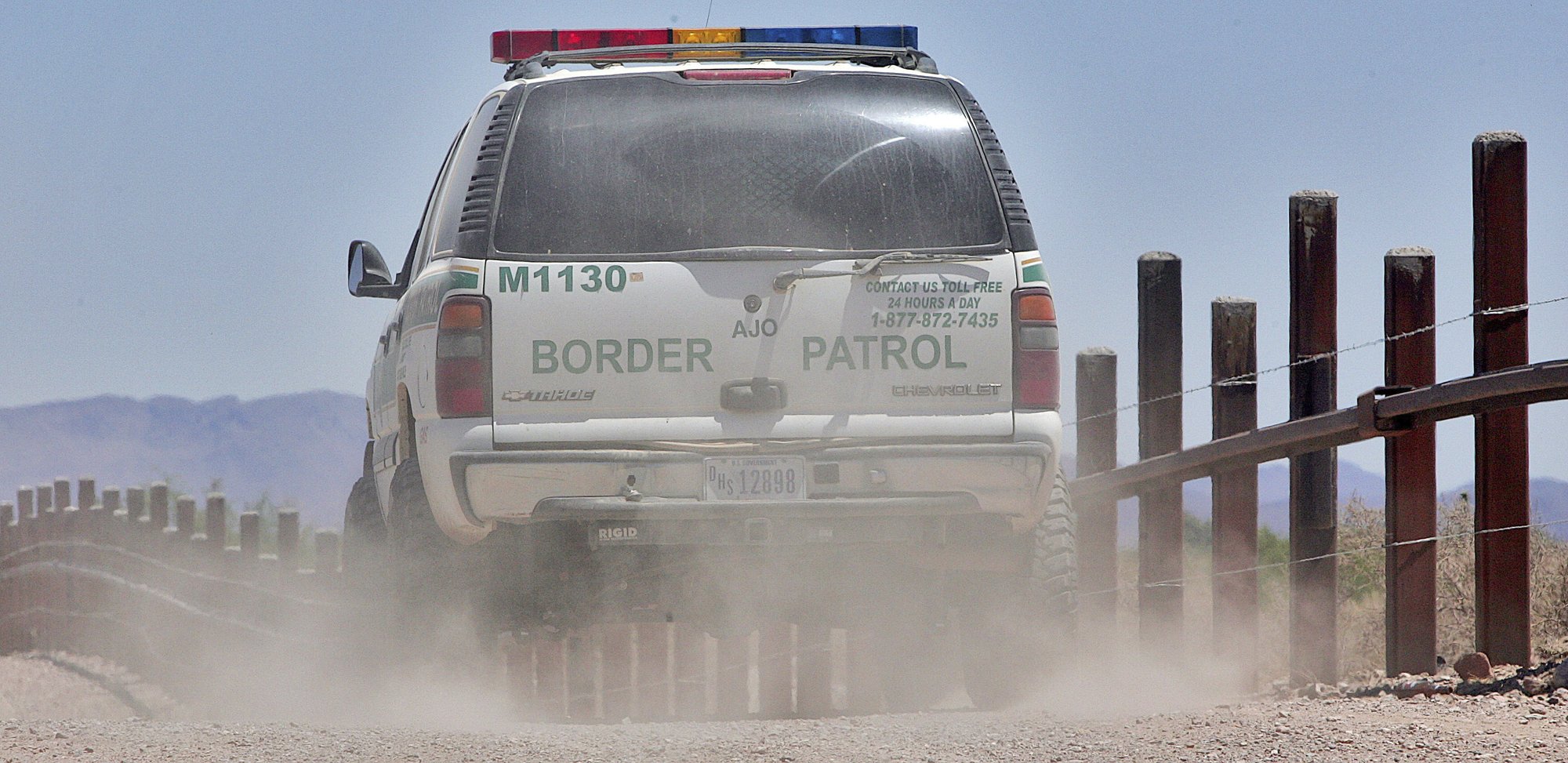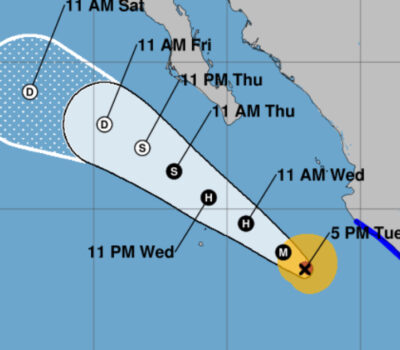Smugglers in recent weeks have been abandoning large groups of Guatemalan and other Central American migrants in Arizona’s harsh cactus-studded Sonoran Desert near the border with Mexico, alarming Border Patrol officials who say the trend is putting hundreds of children at risk.
Collectively, more than 1,400 migrants have been left by smugglers in the broiling desert — or in one case in a drenching thunderstorm — in remote areas by the border since Aug. 20. One group was as large as 275 people.
“We’ve seen large groups in the past, but never on this scale,” Tucson-based Border Patrol Agent Daniel Hernandez said. “It’s definitely a serious concern because their safety is being put in jeopardy.”
Hernandez said the latest case involved 61 people rescued by agents last week from rising floodwaters caused by unusually heavy rains in an isolated area and “it could have been a much, much worse situation if the rain continued.”
Unlike Texas, where people turn themselves in on the banks of the Rio Grande, the smugglers in in Arizona have been dumping groups of migrant families on a remote dirt road running along the southern limit of the Organ Pipe Cactus National Monument west of the Lukeville border crossing with Mexico. Summer temperatures there can soar close to 120 degrees (49 Celsius).
The migrants are sometimes provided with food and water, but not always, and they often require medical care for back and ankle injuries or lacerations.
The traffickers have “no regard for the safety and well-being of these families,” Tucson Sector Chief Rodolfo Karisch said last week.
Two larger groups of migrants from Guatemala and Honduras were also found abandoned last week near Yuma. Border Patrol officers said 108 people were found just before midnight Oct. 2 a half-mile west of the San Luis Port of Entry and five hours later, agents apprehended 56 Central Americans a mile east of the same border crossing.
While Mexican men traveling without relatives once made up the bulk of the migrants, Guatemalans and other Central Americans traveling in families or as unaccompanied minors are now the norm.
U.S. Immigration and Control Enforcement in Arizona began releasing hundreds of people Sunday to await court dates, saying it didn’t have the capacity to hold an “incredibly high volume” of migrant families showing up at the border.
Republican Sen. Jon Kyl of Arizona on Wednesday asked Department of Homeland Security Secretary Kirstjen Nielsen and other officials to investigate ways of dealing with a wave of migrants he said was overwhelming Yuma and other parts of southern Arizona. He said at a Senate hearing that he worried about people being threatened “by an enormous number of illegal entrants … some of whom may not be making asylum claims.”
Nielsen said she didn’t know how many of the migrants in southern Arizona had made asylum claims, but would look into it.
Randy Capps, research director for U.S. programs at the Migration Policy Institute think tank in Washington, said Thursday the smugglers may be bringing the Central Americans through Arizona because it’s less patrolled than Texas. He noted that migrants traveling as families are likely to be released much more quickly than lone adult travelers because of limits on holding children.
“As families, they can then often wait years inside the U.S. until they hear back on their asylum claims,” he said.
Under federal law and international treaties, people can obtain asylum in the U.S. if they have a well-grounded fear of persecution in their countries, but Trump administration officials charge that the system is rife with fraud and groundless claims and have called for stricter standards.
About eight of every 10 asylum-seekers pass an initial screening and are then either held in an immigration detention center or released on bond into the U.S. while their cases wind through immigration courts. Many claims are ultimately denied.
Hernandez said the smugglers instructed the migrants to seek asylum or some other kind of U.S. protective status, but interviews have indicated they came to the U.S. to improve their economic situation and were headed to places including Charleston, South Carolina; Oakland, California and Homestead, Florida.
Ali Noorani, executive director of the Washington advocacy group National Immigration Forum, said the government doesn’t have the resources to deal with the wave of migrants and “should use some of that money to address the root causes of poverty and violence in Guatemala and process the asylum cases in a fair manner.”
Central Americans typically cite violence in their homelands when applying for asylum claims. The recently apprehended migrants came from Honduras and El Salvador, which like Guatemala are home to deadly gangs like the MS-13.
From Oct. 1, 2017 through Aug. 31, nearly double the number of Guatemalans and more than twice as many Salvadorans were arrested compared with the same 11-month period the year before. The most recent statistics from the Customs and Border Protection agency show that apprehensions of people traveling in families and as unaccompanied minors were also way up.
Of the more than 90,000 migrants traveling in families who were apprehended during the 11-month period, close to half were from Guatemala. The rest were from Honduras, El Salvador and Mexico.
___
Follow Anita Snow on Twitter: https://twitter.com/asnowreports
Her stories can be found at: https://apnews.com/search/Anita%20Snow
Smugglers in recent weeks have been abandoning large groups of Guatemalan and other Central American migrants in Arizona’s harsh cactus-studded Sonoran Desert near . . .












